How to join two sheets of vinyl flooring
If you’re laying vinyl flooring in a large room, you might find you need to join two sheets of vinyl together. Here are a few things to remember:
- To create a seamless look, use vinyl sheets cut from the same roll so the colours match.
- Try to avoid joining your flooring in the doorway, as this is the area that gets the most wear. This means the join is likely to come apart (and even become a trip hazard) over time.
- For patterned vinyl floors, you need to line up the patterns by sliding the second sheet along until it matches the first one (which will have already been fitted). If it’s a complicated pattern, you can overlap the sheets until the pattern lines up, then cut through both pieces of vinyl with your straight edge and Stanley knife.
- Once they’re lined up perfectly, don’t move them! Fold back the edges one at a time, then use adhesive to stick them to the floor and press down firmly to lock in place.
And that’s it! Time to admire your newly laid vinyl flooring. As always, we recommend using professional fitters to lay our flooring, and this is something we can arrange for you.
Alternatively, if you're still in two minds as to which flooring to choose, have a look at our range of care guides, including vinyl vs lino.












































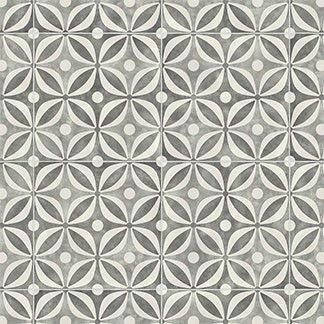
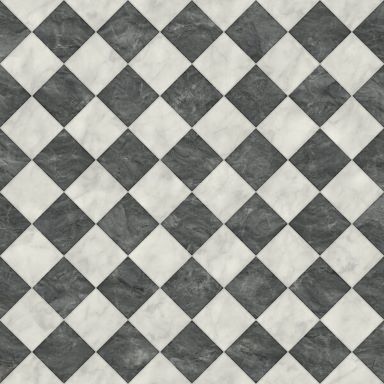

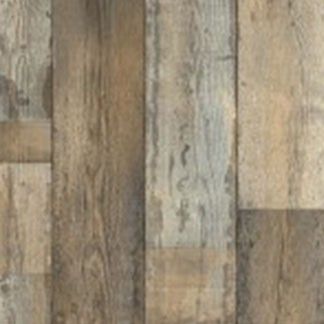











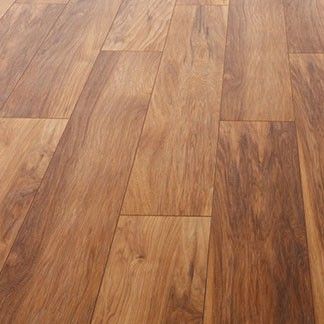
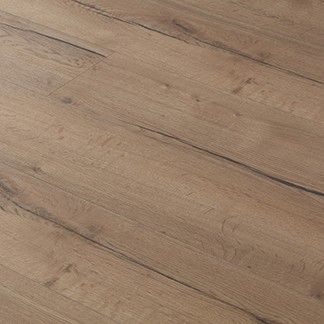












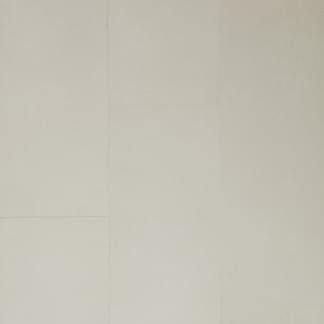




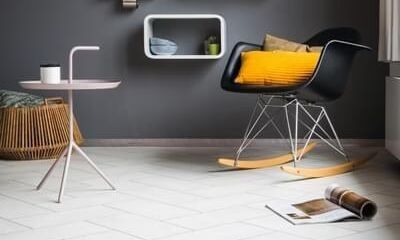
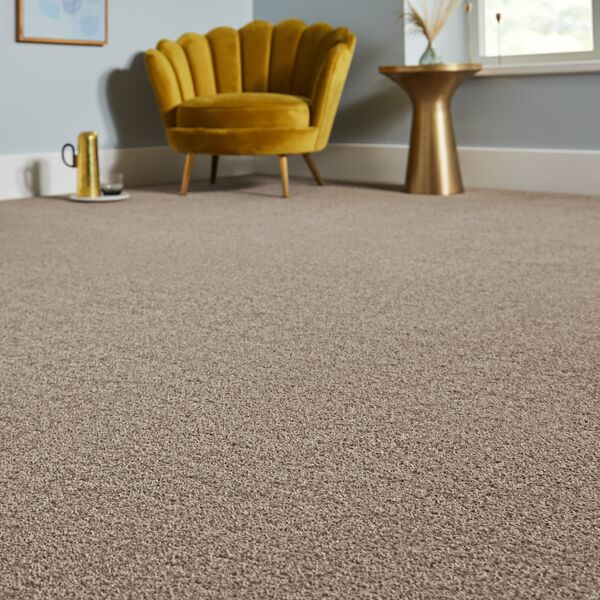
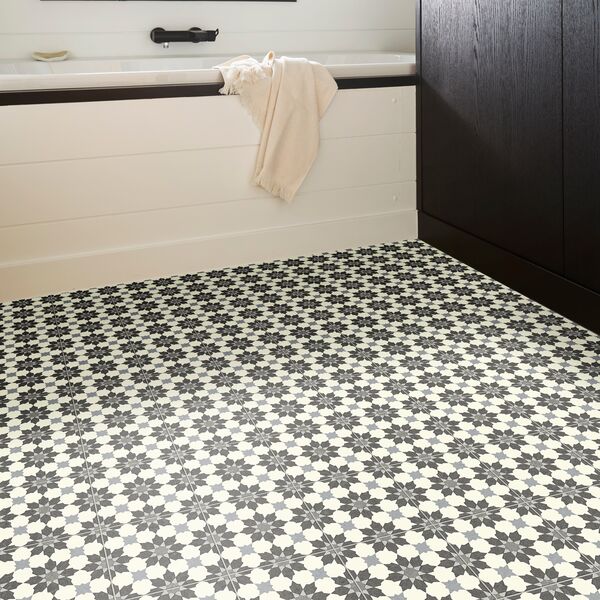
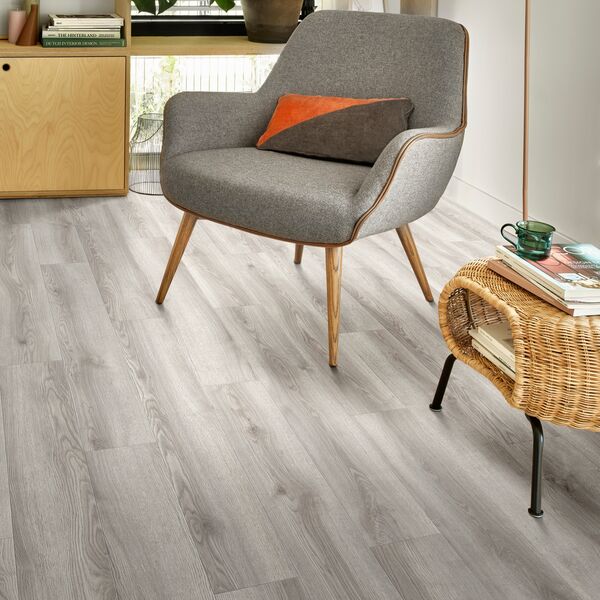

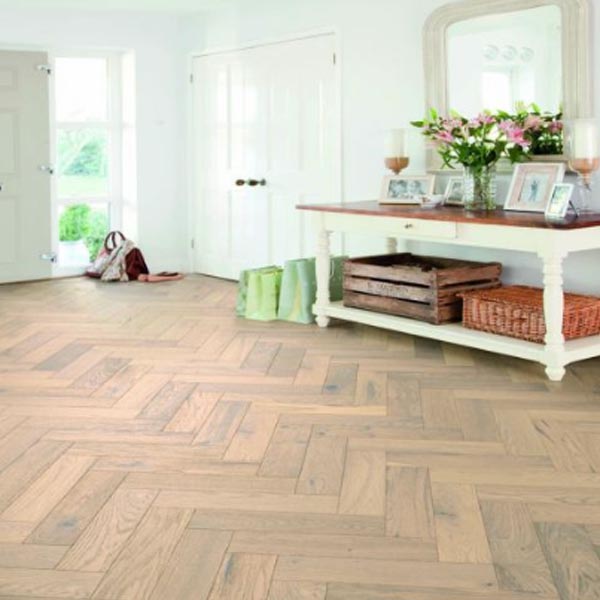

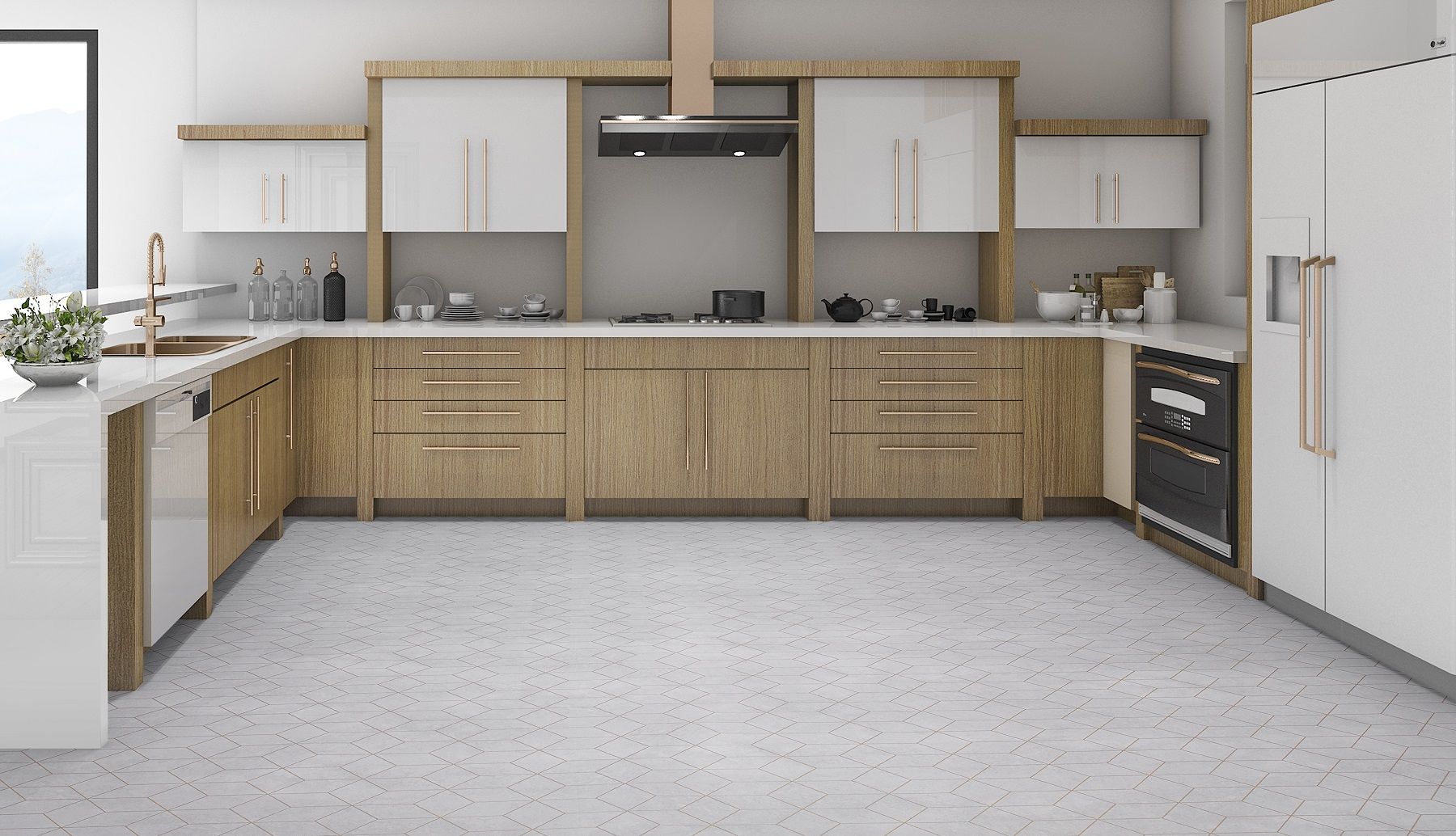
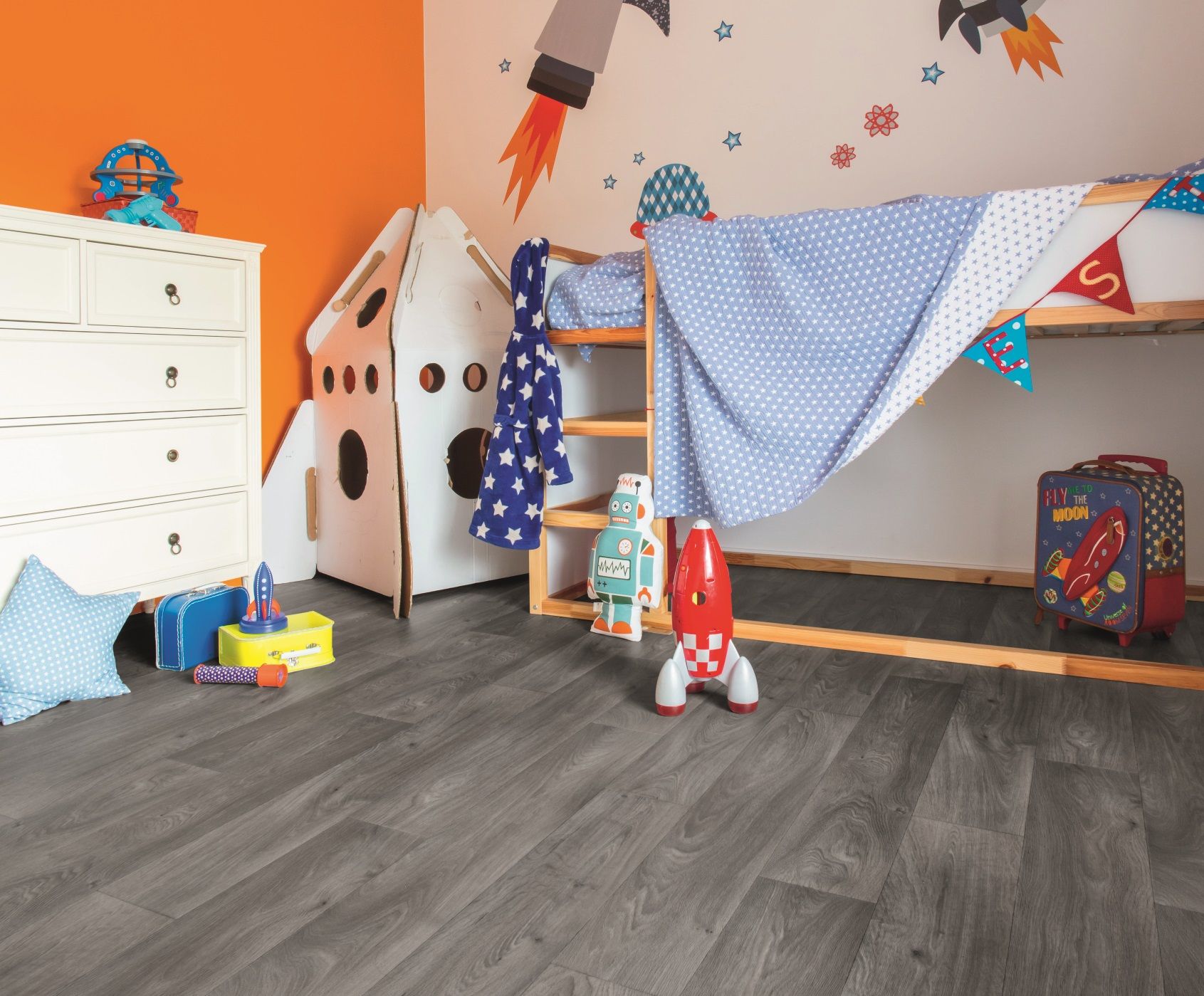


.jpg)

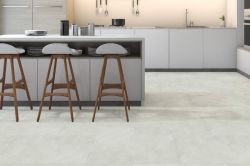







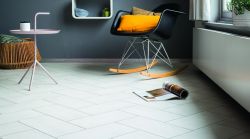

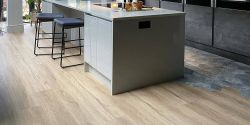

-250.jpg)
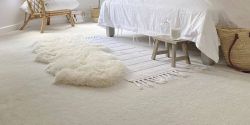


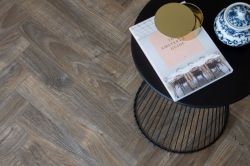



-250.jpg)
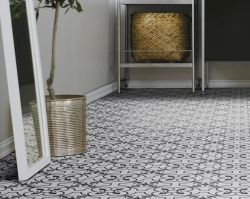

-250.jpg)

 copy-250.jpg)








-250.jpg)
 - Article Image (not header)-250.jpg)
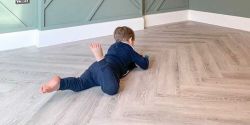
-250.jpg)

-250.jpg)







